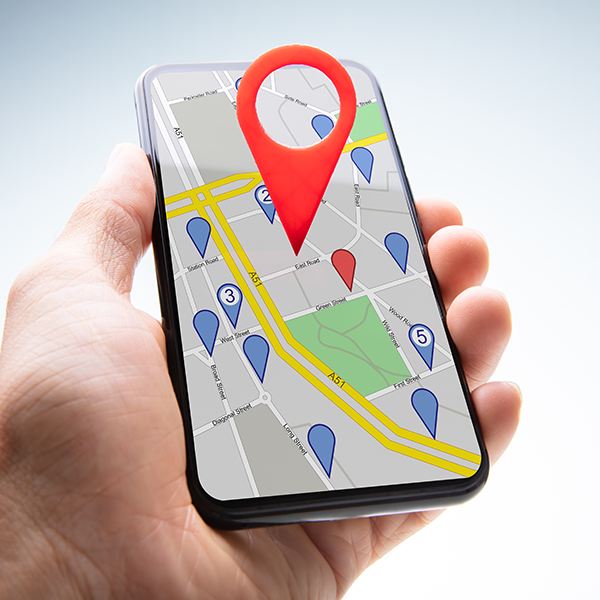Best of 2011 - Mobile Web Devices

by Michael Garrity
26 Dec, 2011
 The year 2011 was a pivotal one the Web, particularly as it relates the way people go about connecting to their favorite sites.
The year 2011 was a pivotal one the Web, particularly as it relates the way people go about connecting to their favorite sites.
The advent of fast-emerging and rapidly growing technologies in the mobile sector has led to many users regularly accessing the Web from mobile devices such as smartphones, tablets and even feature phones.
But not all of these mobile devices are created equally, so iPhone 4S
When news of the iPhone 4S first dropped, some were disappointed -- to say the least. Users wanted an iPhone 5, and instead they got a revamped version of the iPhone 4. (Oh, and Siri.) Still, in the end, it was the best-selling iPhone ever despite the initially lukewarm response.

Michael Garrity
Michael Garrity, Director of Marketing for Francis Lofts & Bunks, is an accomplished writer with a rich background in marketing, communications, and community engagement. With expertise in content creation and management, marketing strategy, digital advertising, SEO, social media management, and proficiency in various tools including Microsoft Office, Adobe InDesign, and Adobe Photoshop, he is well equipped to deliver outstanding results. Holding a BA in English Literature from St. Joseph's College (IN), Michael graduated Summa Cum Laude with a 3.92 GPA, honing his strong communication skills. His diverse experience makes him a valuable asset to any team.
Subscribe to Our Newsletter!
Latest in Mobile Marketing










